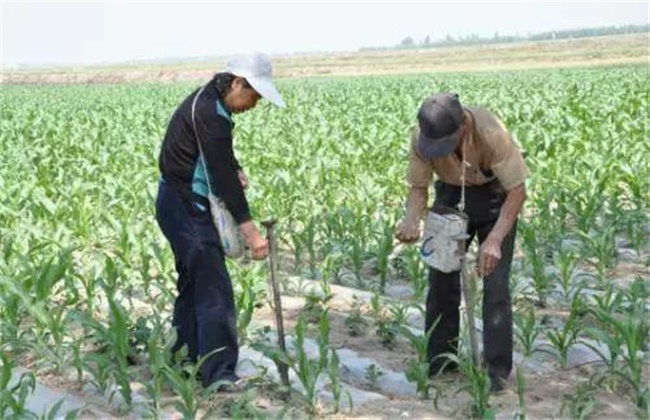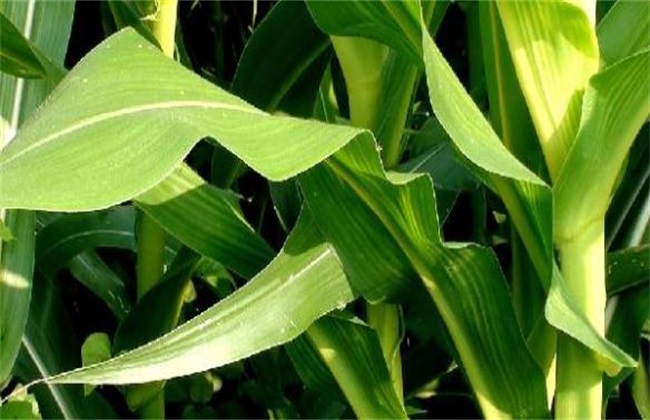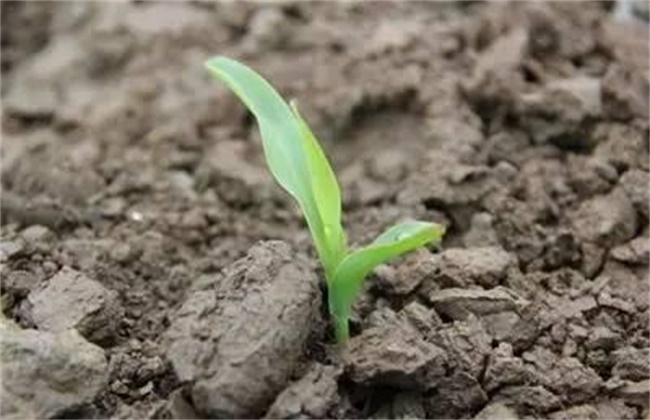Key points of crop Fertilizer and Water Management in Winter
In winter, many plants will enter the dormant period, when the fertilizer and water management of crops need to be very careful, otherwise a little improper will affect the growth of crops in the coming year. So what should be done about crop fertilizer and water management? Come and have a look with the editor.

1. Watering and fertilization should not be excessive.
The air temperature and ground temperature in the greenhouse are relatively low in winter, when crops absorb fertilizer nutrients slowly. If fertilizer is applied according to the previous amount of fertilizer, it will only lead to fertilizer accumulation in the soil and can not be absorbed by roots. Over time, the solution concentration of the soil will increase, resulting in crop root burns, and sometimes it will lead to the death of crops or the occurrence of leaf atrophy. Similarly, after watering in winter, the ground temperature and soil permeability will be affected, resulting in leaves yellowing or retting roots, so watering should not be too large.
2. Fertilize according to the weather
When the soil is relatively humid, there is no need to flush fertilizer to avoid the phenomenon of retting roots and leaves turning yellow. when applying fertilizer, in order to avoid cloudy days after fertilization, it is best to apply fertilizer when the weather turns fine after cold spell. If there is a cloudy day in the process of fertilising, it will further remove the humidity in the shed, making it difficult to recover the surface temperature, which is not conducive to the growth of vegetables.
3. Pay attention to ventilation
The greenhouse is in a closed environment, the ventilation condition is relatively poor, and when using nitrogen fertilizer, nitrogen will be emitted in the process of fertilizer decomposition. Once the concentration of nitrogen exceeds the standard, the stems and leaves of crops will change color. Therefore, from winter to early spring, chemical fertilizers containing nitrogen should be reduced as far as possible to avoid the damage caused by toxic gases such as nitrogen. In addition, we should also pay attention to proper ventilation in sunny noon, when the temperature is lower, proper ventilation can promote the growth and development of crops.
4. Temperature management
On the second day after fertilizer application, the vents can be properly closed to make the temperature in the greenhouse rise by 2-3 degrees, which can effectively increase the surface temperature and alleviate the adverse effects caused by fertilizer flushing.
The above is the introduction of winter crop fertilizer and water management. I hope it can help you. If you want to know more about it, please follow us.
Related
- The first cup of black tea in spring, the flavor and history of tea gardens in Kenya, Africa
- The computer can not only choose potatoes, but also grow tea rice. AI will grow winter oolong tea champion.
- It is not only the inflated tea bitten by insects, but also engraved with the four seasons tea in Beipu.
- The Oriental Beauty Tea Festival in Zhuxian County takes the stage at the weekend to experience the plus-size feast of oil tea.
- & quot; Oriental Beauty Tea & Exploration of Emei in Hsinchu, the hometown of quot;
- The new variety of strawberry "Tainong 1" dessert is the first choice with mellow aroma. Crimson gorgeous
- History of Tea in Taiwan: from Wild Inner Mountain to Export Tea Garden
- Two types of Taiwan Oriental Beauty Black Tea won the British three-Star Award for Childhood Tea Xiang Zhang Jiaqi changed from pilot to champion tea maker.
- Banana species and varieties: the planting history of Taiwan Xianren banana and dwarf banana is long, is banana disease resistant?
- Coffee planting Technology: Qianjie Coffee from Seedling to harvesting



